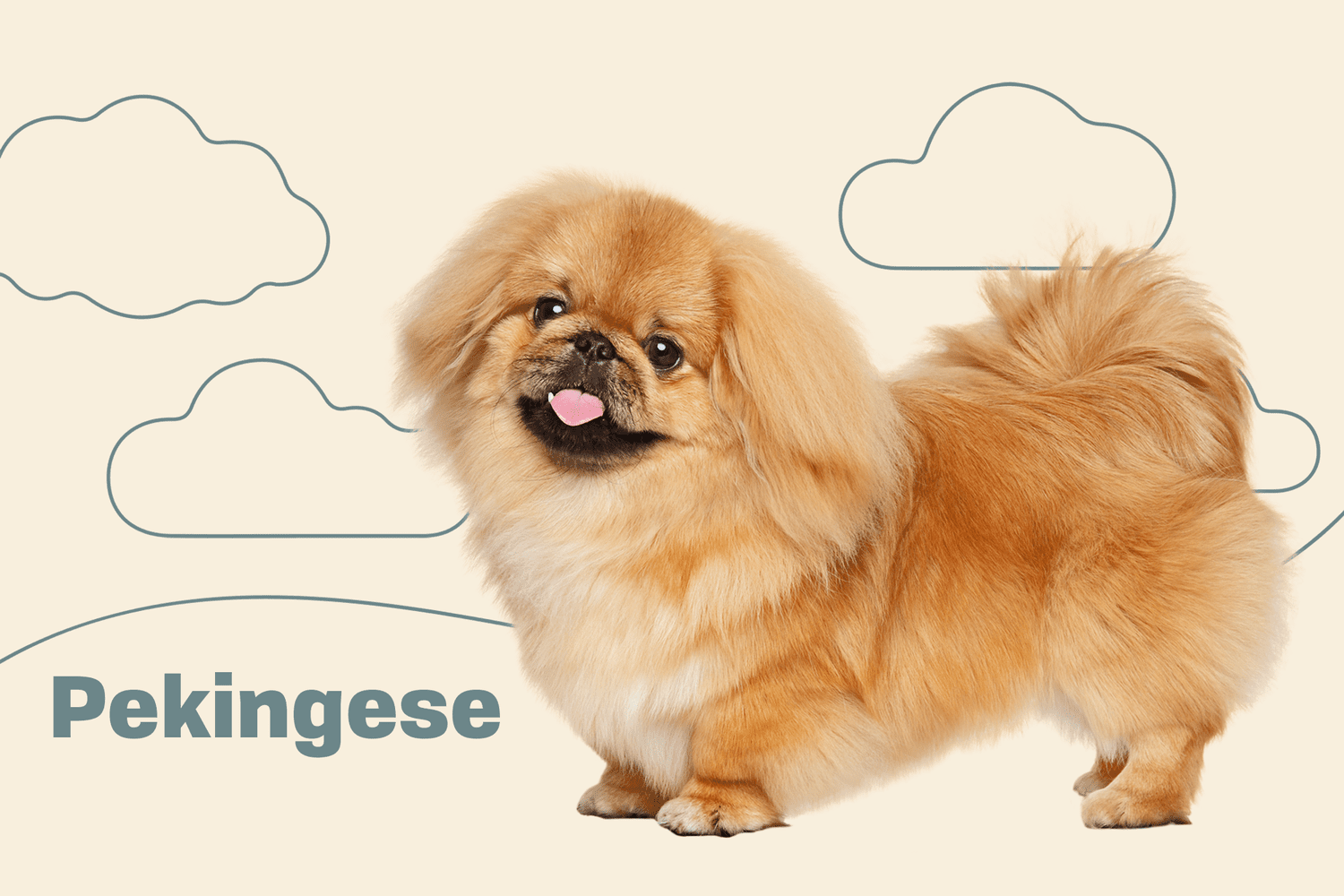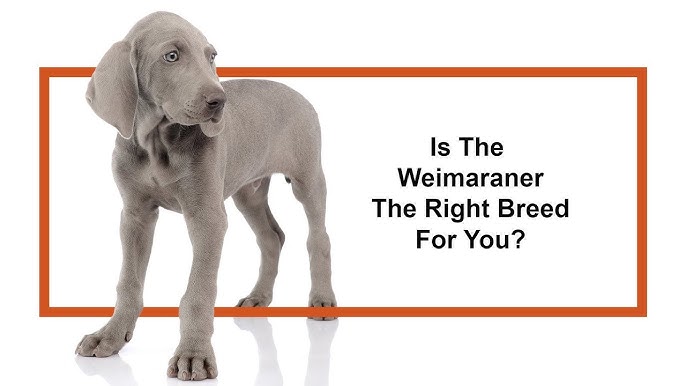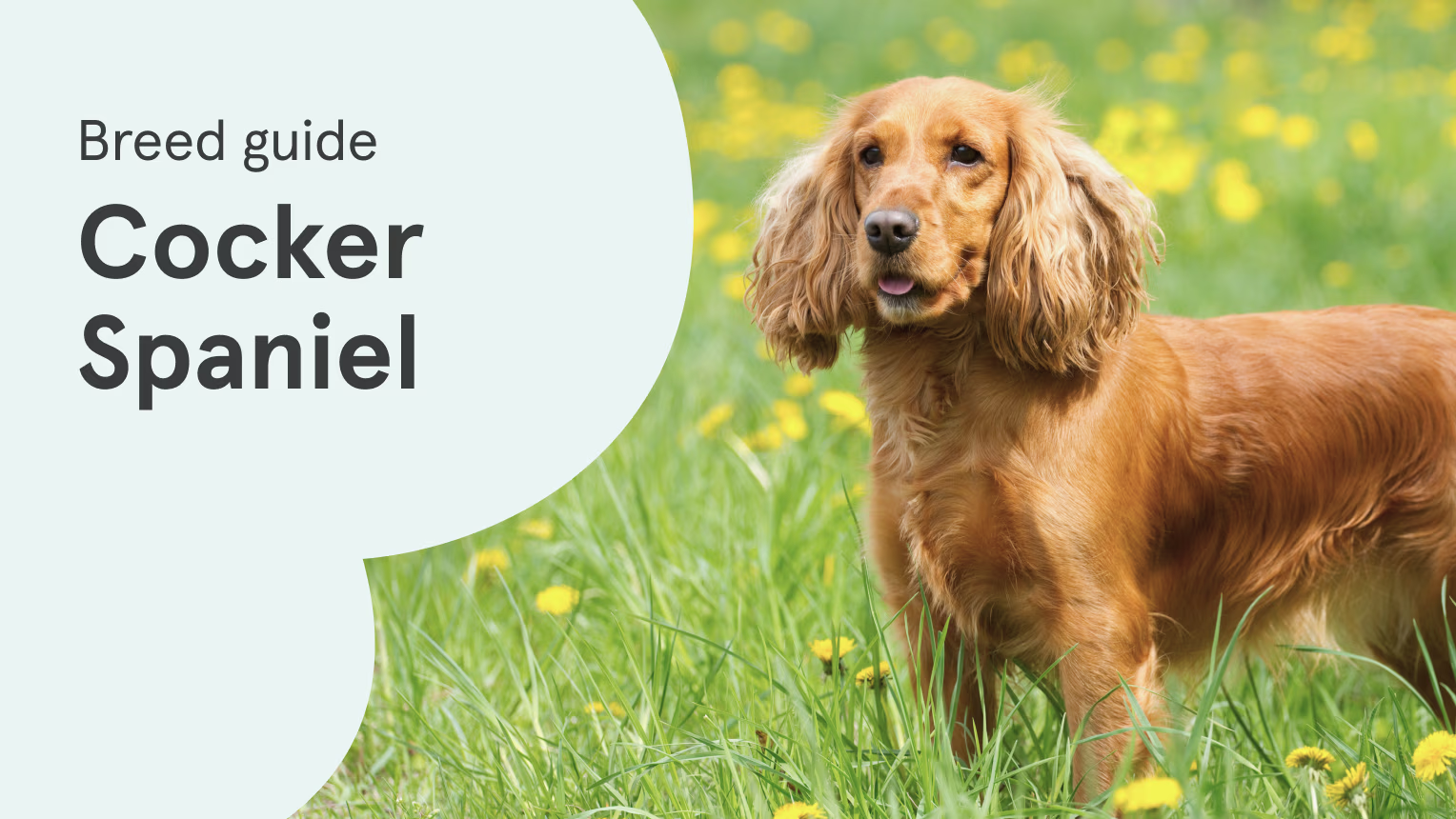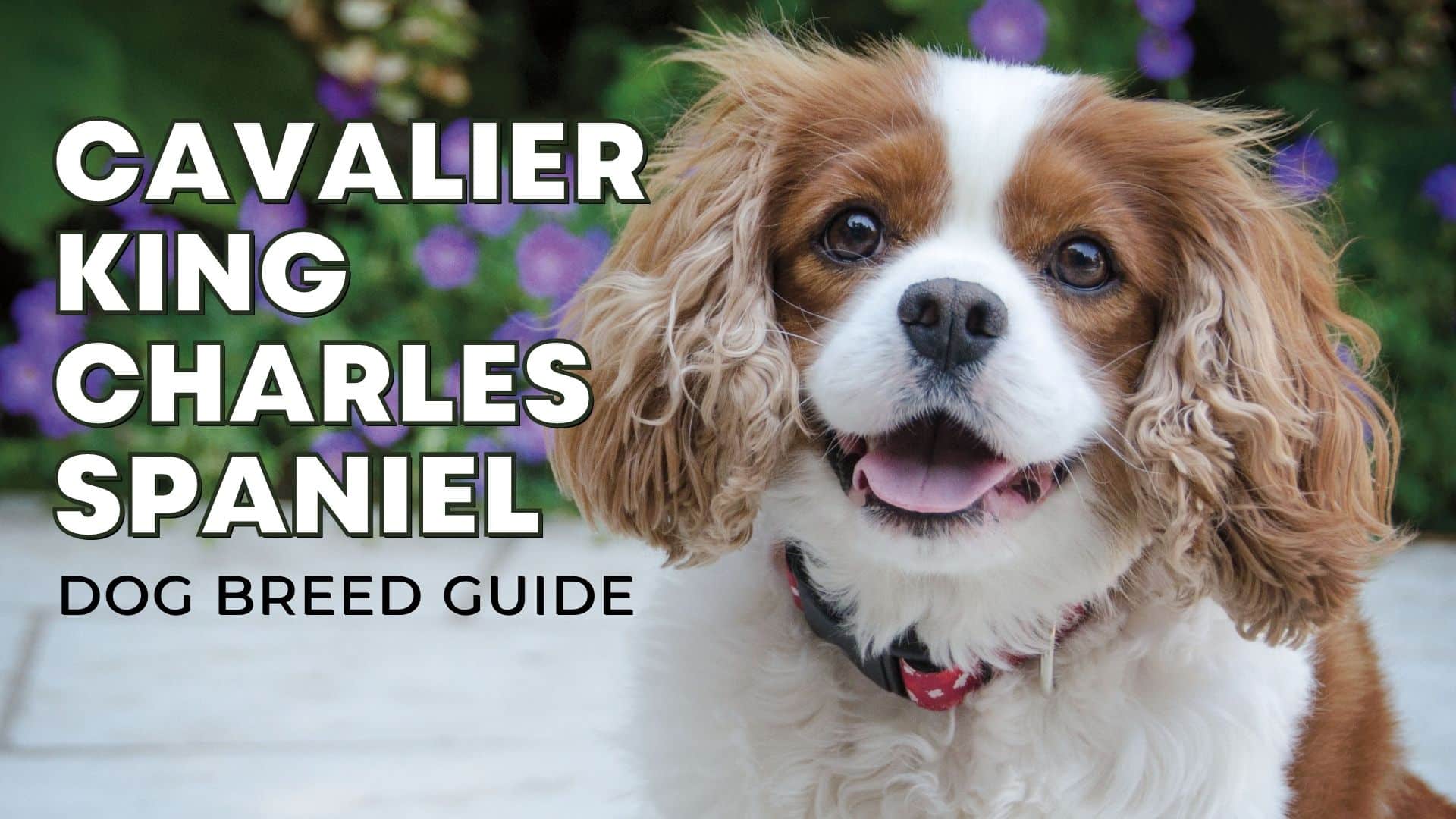Pekingese: Complete Breed Profile and How-to Care Guide
The Pekingese is a noble and charismatic toy breed, once a companion of Chinese royalty. With its lion-like mane, confident demeanor, and strong sense of self, the Pekingese is both charming and independent. This breed thrives in a home where its unique personality is understood and appreciated. In this comprehensive guide, we’ll cover the history, temperament, grooming needs, health considerations, and a practical training and care routine to ensure a happy life for both you and your Pekingese.
1. History and Origins
The Pekingese has one of the most distinguished histories in the canine world. Originating in ancient China over 2,000 years ago, they were bred as companions for Chinese imperial families. These dogs were regarded as sacred and could only be owned by royalty. In fact, theft of a Pekingese was punishable by death. Their regal bearing and lion-like appearance symbolized the mythical guardian lions of China.
After British troops invaded the Forbidden City during the Second Opium War in 1860, several Pekingese were taken to England, where they captured the hearts of European nobility. The breed was officially recognized by the American Kennel Club in 1906.
2. Appearance
Pekingese are small but sturdy dogs with a compact body and a distinctive long, flowing double coat.
- Height: 6–9 inches
- Weight: 7–14 pounds (ideal weight: around 10 pounds)
- Coat: Long, straight, and dense; requires regular grooming
- Color: Comes in various colors including fawn, gold, red, cream, black, white, and sable
- Face: Flat-faced (brachycephalic) with dark, expressive eyes and a black nose
3. Temperament and Personality
Pekingese are known for their loyal and affectionate nature but also their independence and stubborn streak.
- Loyal: They form strong bonds with their family and often pick one person as their favorite.
- Regal: Their proud and dignified demeanor often makes them seem aloof with strangers.
- Independent: Not overly eager to please, they have a mind of their own.
- Alert: Make good watchdogs due to their awareness and tendency to bark at unfamiliar sights and sounds.
- Calm Indoors: Despite their occasional bursts of energy, they are generally calm and suited for apartment living.
4. Living with a Pekingese
Suitable for Apartments and Condos
Pekingese adapt well to small spaces, making them ideal for apartment or condo dwellers. They don’t require a backyard, but they do need short daily walks and indoor play sessions.
Family Life
They do best in homes with adults or older children who respect their space. They don’t tolerate rough handling, so supervision is necessary with young kids.
Compatibility with Other Pets
Pekingese can coexist with other pets but may be territorial. Early socialization helps reduce possessiveness and aggression toward other animals.
5. Grooming and Maintenance
The Pekingese’s luxurious coat requires dedication and care.
Daily Brushing
Brush their coat at least three to four times a week to prevent mats and tangles. Daily brushing is ideal, especially during shedding seasons.
Bathing
Bathe them every 3–4 weeks using a dog-friendly shampoo. Dry the coat thoroughly to prevent skin issues.
Eye and Face Cleaning
Due to their flat face, their eyes may water more than other breeds. Clean their eyes daily and wipe their face with a damp cloth to prevent staining.
Nail Trimming and Ear Cleaning
Trim nails once a month and check ears weekly for wax buildup or infection.
6. Health Considerations
Like many flat-faced breeds, Pekingese are prone to several health issues. Regular vet visits and preventative care are essential.
Common Health Issues:
- Brachycephalic syndrome: Difficulty breathing due to a short snout
- Intervertebral Disc Disease (IVDD): Back problems due to their long spine
- Eye problems: Dry eye, ulcers, and progressive retinal atrophy
- Skin fold dermatitis: Infections in the folds of the skin
Lifespan
Pekingese typically live between 12 to 15 years with proper care.
7. Diet and Nutrition
Feed your Pekingese a high-quality dog food suitable for their size and age. Portion control is important as they are prone to obesity.
- Adult: ½ to 1 cup of dry food per day (divided into two meals)
- Puppy: Feed more frequently and opt for puppy-formulated kibble
- Avoid table scraps and stick to a consistent feeding routine.
8. Exercise Needs
While not hyperactive, Pekingese still need daily exercise to stay healthy.
- Walks: Two 10-15 minute walks a day
- Indoor Play: Puzzle toys and short play sessions keep them mentally stimulated
- Avoid Heat: Their flat faces make them prone to overheating, so limit outdoor activity in hot weather
9. Training Guide: How to Train a Pekingese
Training a Pekingese can be challenging due to their stubborn and independent nature. However, with patience and consistency, they can be well-mannered and responsive.
A. Start Early
Begin training and socialization early, ideally when they are 8–12 weeks old.
B. Use Positive Reinforcement
Pekingese respond best to rewards like treats, praise, and gentle petting. Avoid harsh discipline, which can make them defensive or fearful.
C. Short, Consistent Sessions
Keep training sessions short (5–10 minutes) and consistent. Focus on one command at a time, and practice daily.
D. House Training
Use crate training combined with a consistent potty schedule. Reward them for going outside and be patient with accidents.
E. Socialization
Expose them gradually to various people, pets, sounds, and environments. This reduces fearfulness and helps them become well-adjusted adults.
F. Basic Commands
Teach essential commands like:
- Sit
- Stay
- Come
- Leave it
- Quiet (to manage barking)
Use treats and clicker training for motivation.
10. Is the Pekingese Right for You?
Perfect for you if:
- You live in an apartment or small home
- You appreciate independent, loyal dogs
- You’re okay with frequent grooming
- You want a calm indoor companion
May not be ideal if:
- You want a highly active or obedient dog
- You have small children who may handle dogs roughly
- You don’t have time for regular grooming and vet visits
Final Thoughts
The Pekingese is a majestic, loyal, and loving companion for the right owner. Their calm nature, combined with their rich history and dignified presence, makes them a joy to have around. With proper grooming, training, and affection, your Pekingese will be a charming and devoted friend for years to come.




